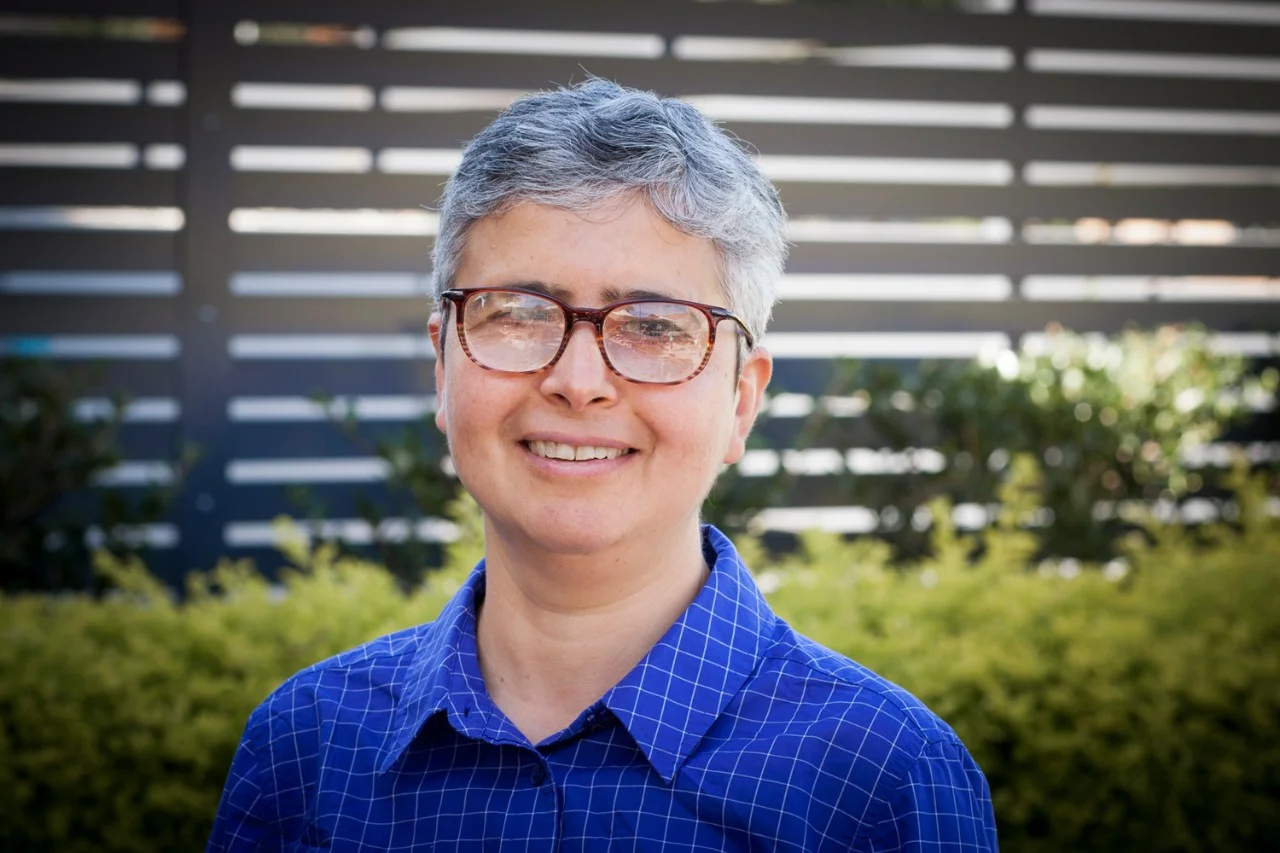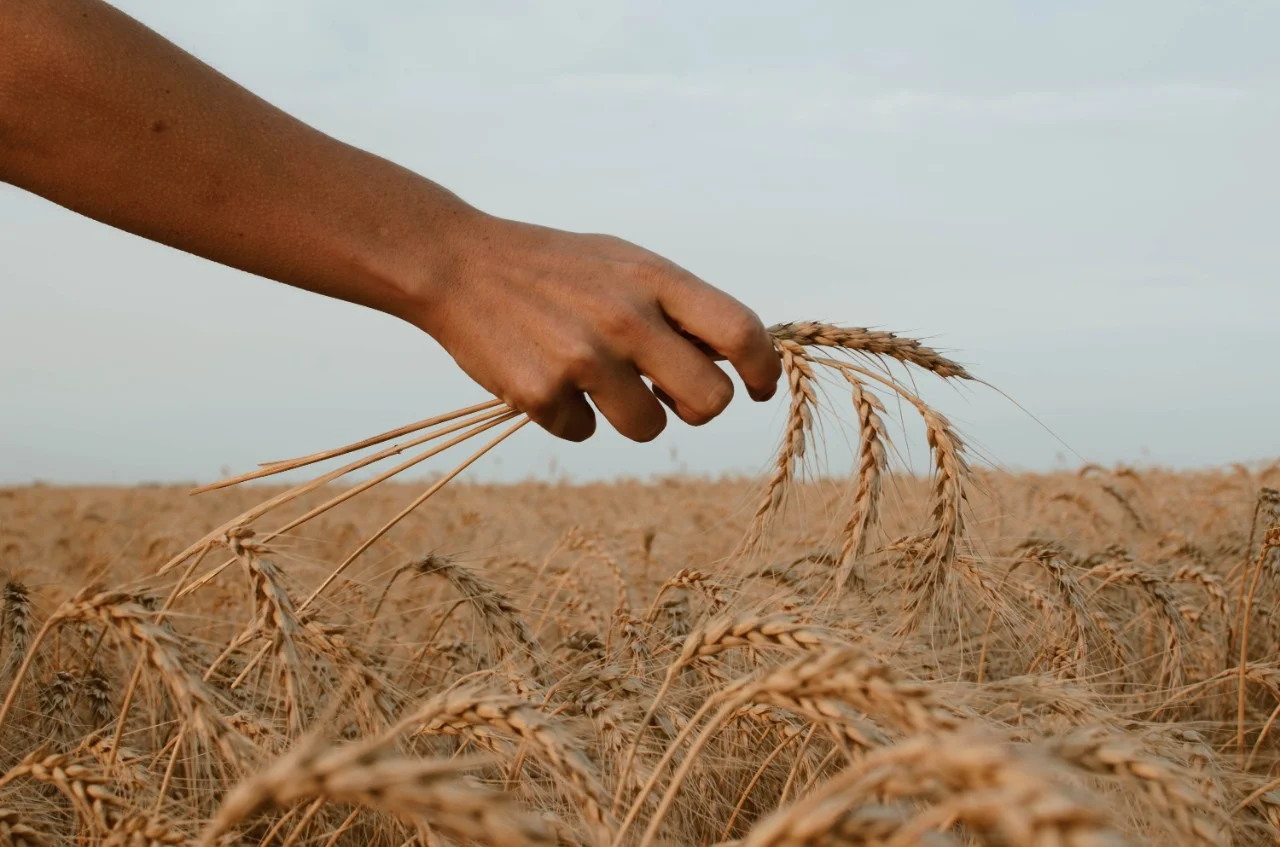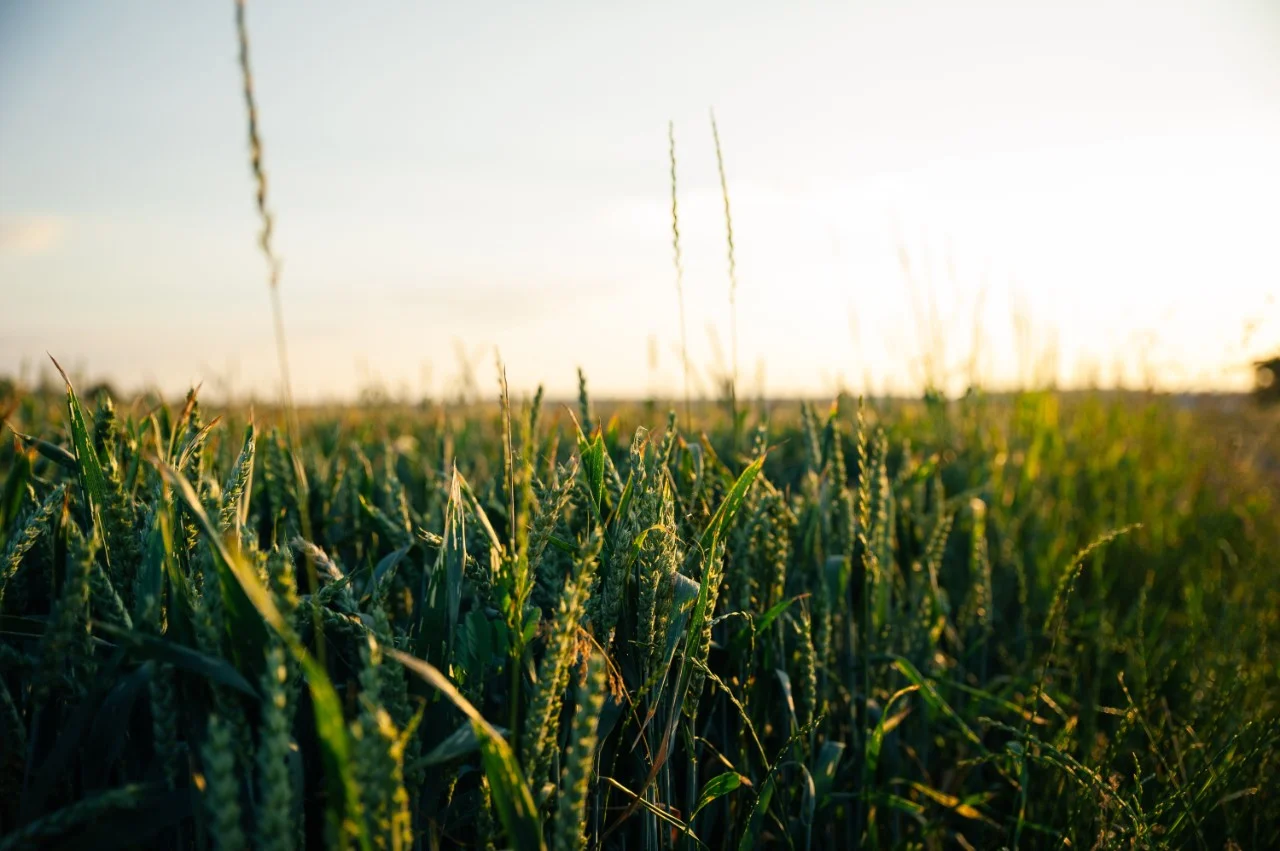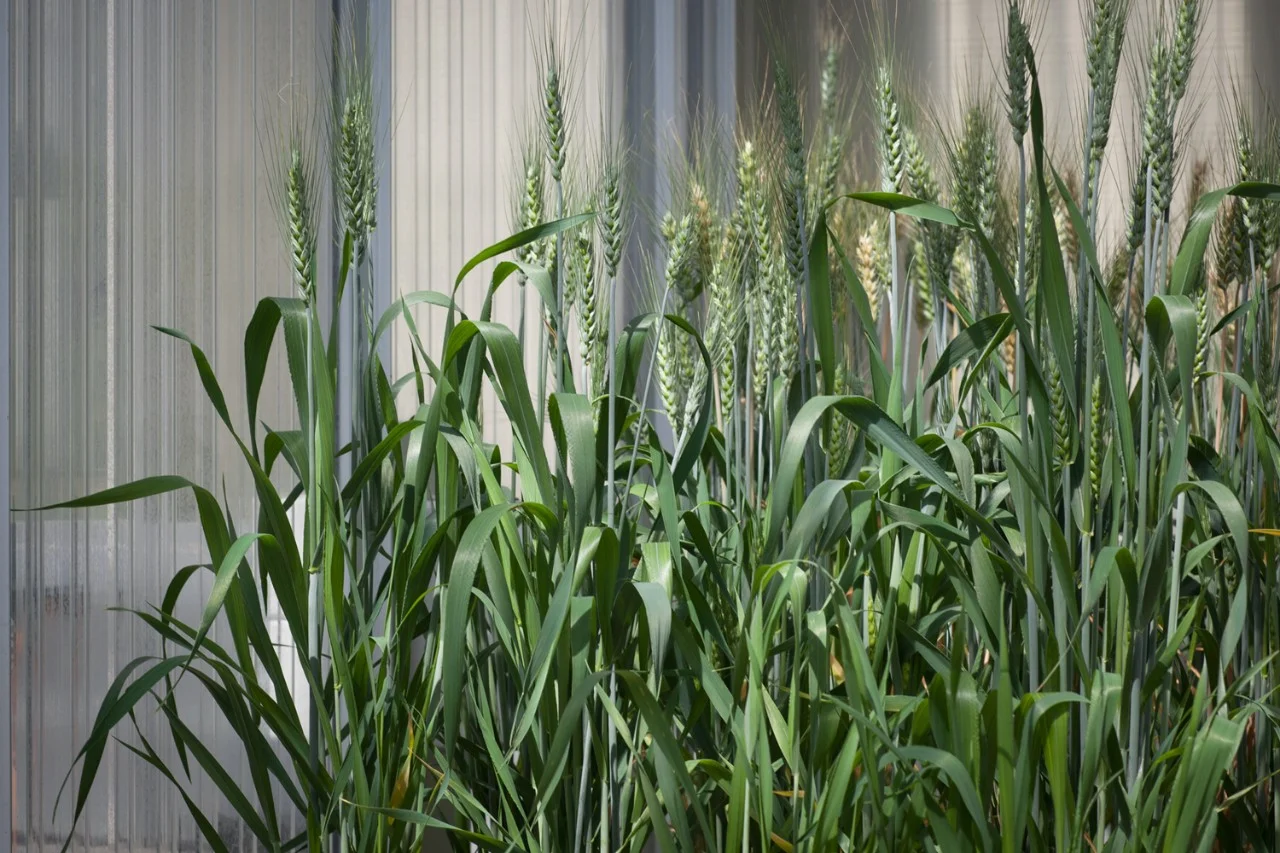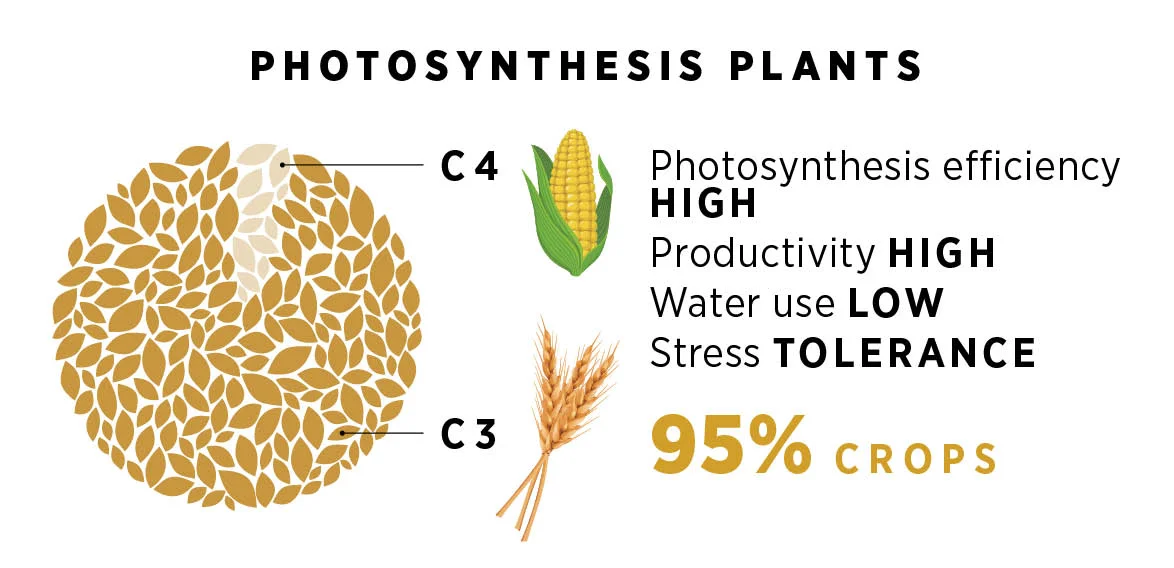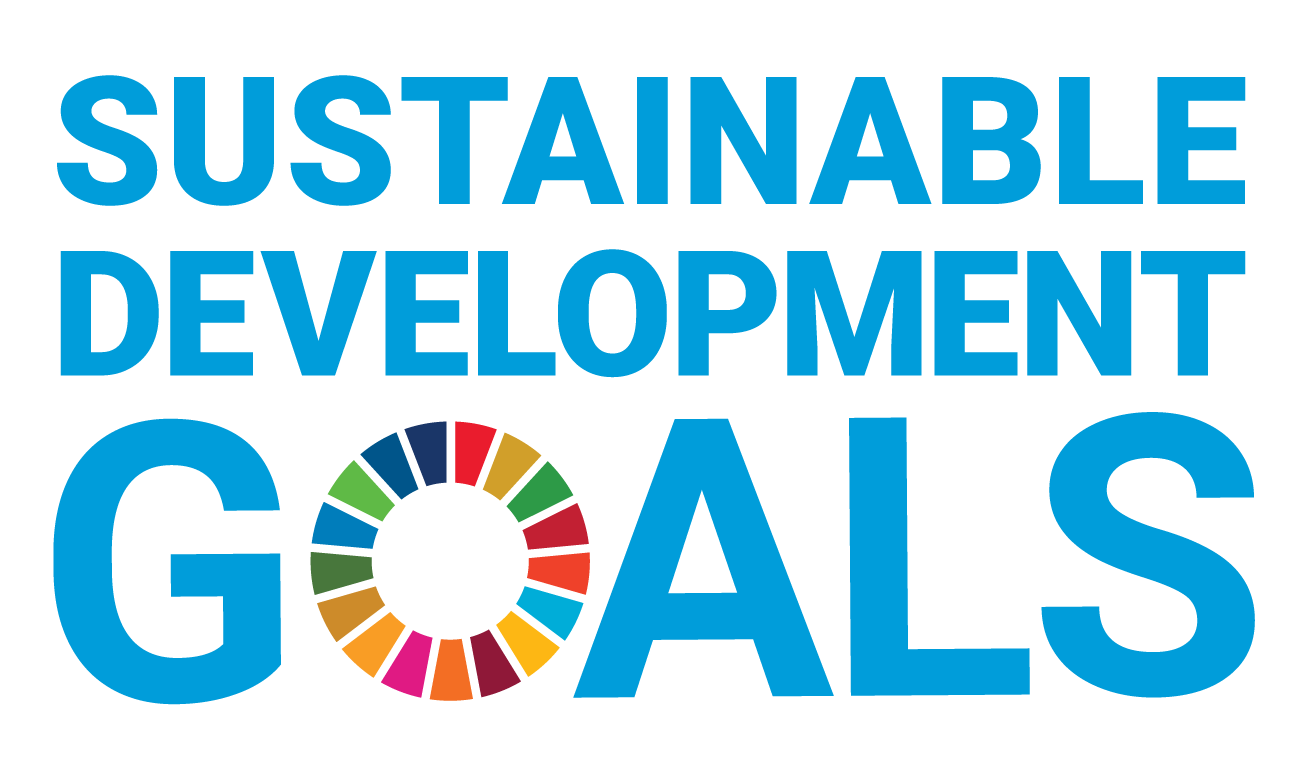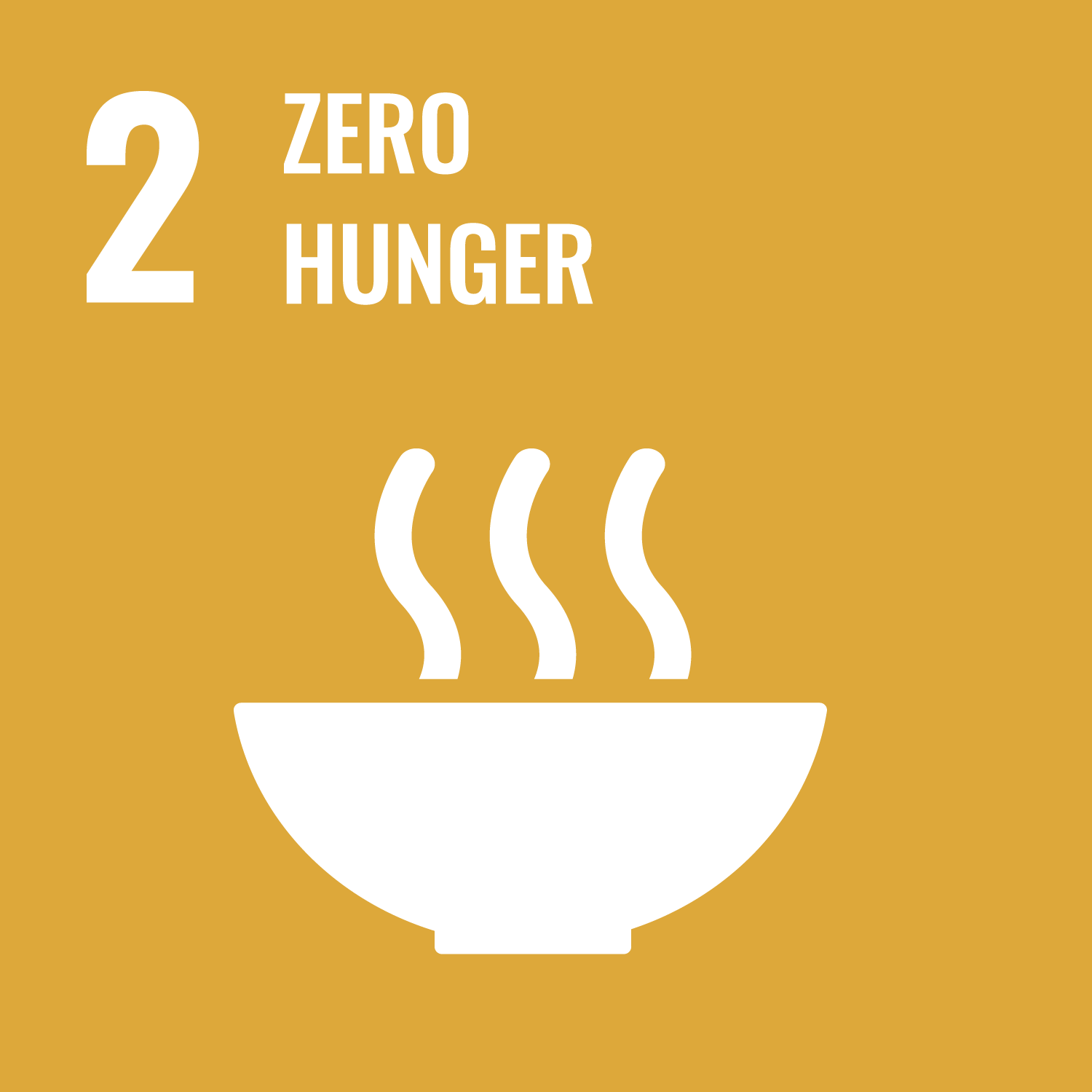You can search for courses, events, people, and anything else.
Associate Professor Oula Ghannoum from Western’s Hawkesbury Institute for the Environment.
With a grain of luck, Oula Ghannoum’s recent work on releasing the natural brakes on photosynthesis systems could fuel the first big boom in crop productivity in 50 years.
Ghannoum, from Western’s Hawkesbury Institute for the Environment, was born in Tripoli, Lebanon, an ancient city that she describes as containing barely “the shadow of a plant”. It’s perhaps surprising then that one of her specialties is C4 photosynthesis, which is a system only used by about 5% of green vegetation, most hailing from warmer climes; C3 photosynthesis plants comprise the remaining 95%.
Roughly 50% of grasses are C4 plants, which have a higher photosynthesis efficiency than typical C3 plants, explains Ghannoum. Several, including maize, sugar cane, sorghum, and millet already dominate agriculture due to their high productivity, low water use and stress tolerance.
But what if C4 plant photosynthesis efficiencies could improve the yields of C3 crops such as wheat and rice? Recently, Ghannoum and her collaborators have been able to show that C4 crops are less sensitive to high sugar levels, which may explain their productivity. They are now pursuing whether manipulating C4-like sugar sensors based on millet can reduce the negative feedback regulation of photosynthesis in C3 crops, such as wheat, rice and potato.
NEXT GREEN REVOLUTION
The last science-driven leap in plant yields occurred in the late 1960s, during what is now known as the Green Revolution. At that time, the world was on the brink of a food crisis. To prevent millions of people from starving, scientists and governments worked hard to increase food production by introducing high-yielding grains, improving irrigation techniques, and implementing widespread use of chemical fertilisers and pesticides.
Their efforts paid off. A global food shortage was averted and “the gains from wheat and rice breeding were 20 or 30% every couple of years,” says Professor Robert Furbank, director of the ARC Centre of Excellence for Translational Photosynthesis, through which Ghannoum leads a programme at Western. But now, that gain has fallen to roughly 1% annually — a rate that will not provide enough food for the projected growth in population by 2050. According to estimates by the United Nations (UN), the world’s population is expected to swell to nearly 10 billion by mid-century. “To feed that many mouths, we will need to almost double our food production, which requires a quantum leap in productivity,” says Furbank.
To calculate crop yield, farmers and plant scientists use an equation comprising two parts: plant biomass (how many grams you can grow) and the proportion of the plant that is growing. During the 1960s, all of the breeding efforts were focused on the latter. “But now we’ve reached some sort of a plateau, so we have to work on the other part of the equation,” says Furbank.
The total biomass of a plant is closely linked with photosynthesis, the process by which plants use sunlight to convert carbon dioxide and water into oxygen and sugars. This sugar production fuels plant growth, which in turn translates into crop yield. “The main remaining avenue for us to try is to convince photosynthesis to work harder,” explains Ghannoum.
Need to know
- Gains in wheat and rice from breeding has fallen to roughly 1% annually.
- Oula Ghannoum is investigating how to increase plant biomass.
- She is trying to control sugar regulation during photosynthesis for staple crops.
BOOSTING BIOMASS
There are two ways to boost photosynthesis. One is to alter the efficiency of the main photosynthetic enzyme Rubisco, the other is to tweak the feedback mechanism governing the entire process.
To imagine the feedback mechanism within a plant, think of a house with solar panels on its roof, explains Furbank. When sunlight hits the panels and produces electricity, switches in the house control where the electricity goes. Something similar happens when sunlight strikes a plant — except that when some of the switches are flicked, “they send a signal back to the solar panel saying: ‘We won’t work as hard now because we don’t need you anymore’.”
“Now, we are trying to understand and manipulate the genes associated with this brake and see how we can relieve it,” explains Ghannoum. Doing so will enable plants to make more sugars in the leaves (called the source), which they can send to the fruits or grains (called the sink). “We also want to better understand this crosstalk between the source and sink so that we can encourage sugar investment in the sink,” she adds.
“But it isn’t as easy as just modifying sugar sensors. Photosynthesis is governed by multiple genes. Improvements must integrate whole plant feedback and requires a better exploitation of source-sink coordination,” explains Ghannoum.“We really didn’t understand very much about this braking process until recently,” says Furbank. “Despite the fact that we’ve been working on photosynthesis in Australia, and probably leading the world in that area, for the past 60-odd years.”
But thanks to new synthetic biology and genetic editing tools, Ghannoum and her team have been better able to identify some of the genes responsible for sending signals to different parts of a plant, telling them to speed up or slow down photosynthesis.
“So we can go in and change a gene and ask: does it make a difference?” says Furbank. “That’s what Oula’s programme is all about — making those sorts of changes and seeing what it does to the plant.”
Ghannoum and her collaborators are testing a new photosynthesis boosting technique on a grass called setaria, which scientists often use as a model plant. And in addition to working on rice, wheat and millet, they have also begun experimenting with sorghum. Eventually, the team hope to be able to boost photosynthesis in fruits and vegetables too — tomato is a priority target. “So the productivity and stress tolerance of staple cereals, and maybe even some of our main vegetables, will hopefully increase in the near future,” says Ghannoum. “This should help promote more sustainable agriculture by improving crop yield with less water and nutrient input.”
If Ghannoum and her team succeed, they will play a part in helping to achieve the UN’s goal to “end hunger, achieve food security and improved nutrition, and promote sustainable agriculture.” They also might just help spark a new Green Revolution of the 21st century.
Meet the Academic | Associate Professor Oula Ghannoum
Oula holds a BSc (Honours) in Plant Biochemistry and a PhD in Plant Physiology. She worked as an ARC Postdoctoral Fellow at the Australian National University before joining the Hawkesbury Institute for the Environment at Western Sydney University where she is currently an Associate Professor in Plant Science.
Oula is passionate about addressing the twin challenges of ‘Food Security’ and ‘Climate Change’. Her research aims at discovering novel ways to sustainably improve crop yield by enhancing water use efficiency and manipulating sugar perception in plants. Oula is also developing improved approaches for growing more nutritious vegetables with less energy, water and chemical input under protected cropping.
Credit
© Sally Tsoutas © filo/DigitalVision Vectors/Getty Images; Oleksandr Yashnyi/iStock / Getty Images Plus; VectorPocket/iStock / Getty Images Plus © Paz Arando/unsplash © Glenn Carstens Peter/unsplash
Future-Makers is published for Western Sydney University by Nature Research Custom Media, part of Springer Nature.

